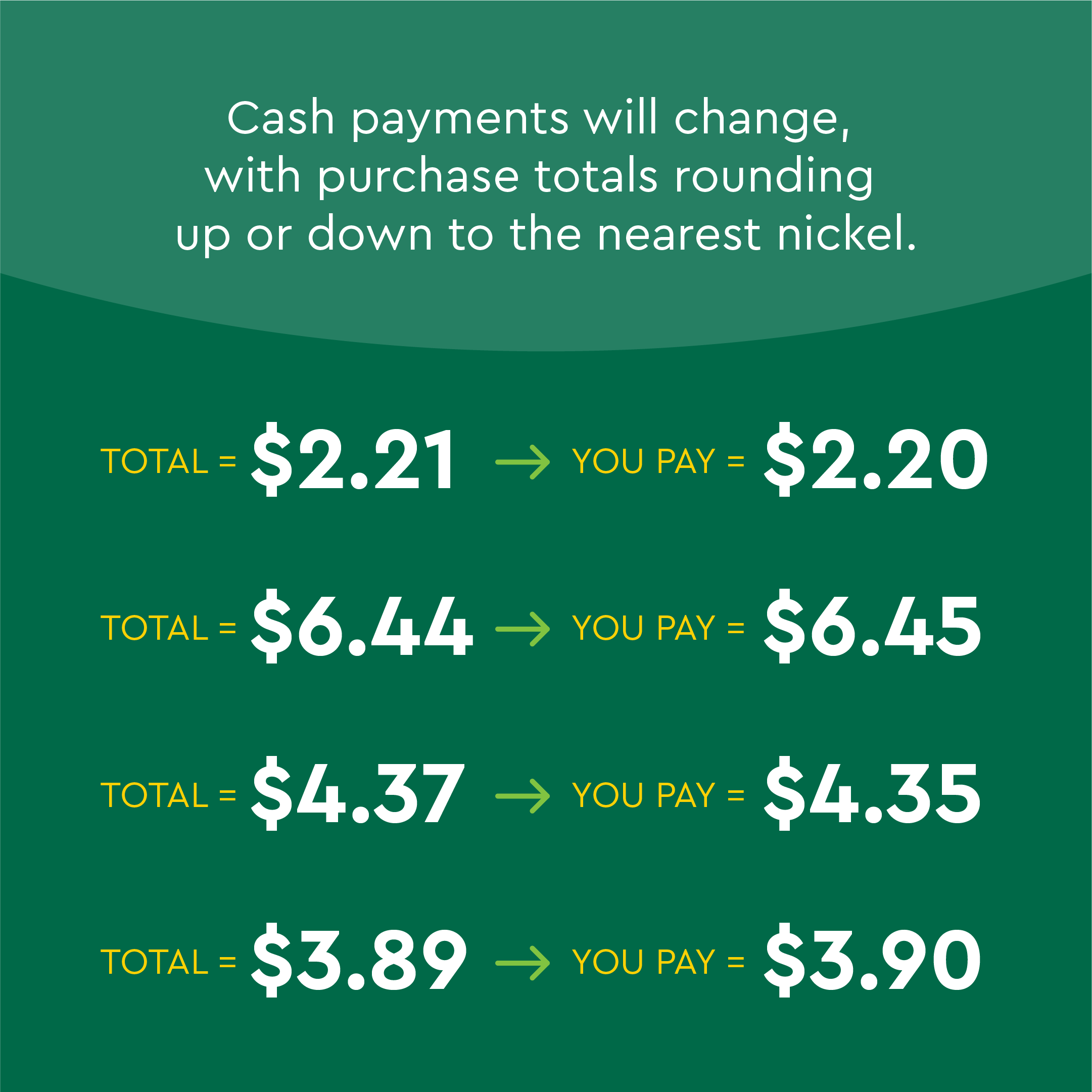Understanding the economic impact of the penny retiring in 2026.
Key takeaways:
- The U.S. Mint will stop making the penny in 2026 due to how expensive it is to produce. It costs 3.7 cents to make each 1-cent coin which amounts to $56 million each year in taxpayer money.
- It’s expected that merchants will start rounding cash payments to the nearest 5 cents (nickel), but credit cards and digital payments will remain the same.
- Existing pennies are still good. You can spend them, deposit them at banks, or treat them as keepsake items.
After more than 230 years, the U.S. government will stop making pennies in 2026. This change will affect how you pay for things with cash. You might need to adjust your payment methods or budget accordingly.
Here’s what you need to know about the 2026 penny retirement and how it’s expected to change things in the U.S.
What does it mean for the penny to retire?
The phrase “the penny is retiring” means the U.S. Mint will stop making new pennies. The discontinuation of the penny doesn’t mean your old pennies become worthless. You can still use them to pay for purchases. But as pennies get lost or damaged, no new ones will replace them.
The government ordered the last penny materials in May 2025. These will become the final pennies in early 2026. There are about 114 billion pennies link opens in a new window being used across America, roughly 700 pennies for every person. Because there are so many pennies in circulation, it will take years for them to completely disappear.
The history of the penny
The penny was one of the first coins link opens in a new window made after the U.S. Mint was founded in 1792. Originally, it showed a woman with flowing hair meant to represent freedom. The biggest change happened in 1909 when Abraham Lincoln’s face was added, making the penny the first U.S. coin to feature the image of a real person.
Today, Abraham Lincoln is on the front with the Lincoln Memorial on the back.
The cost to make a penny
The main reason for the end of the penny is simple economics. It costs 3.7 cents to make each penny which is almost four times what the penny is worth. The elimination of new penny production is expected to result in an immediate annual savings of $56 million link opens in a new window.
Another reason is that Americans use cash less often. About 41% of Americans link opens in a new window don't use cash at all in a normal week, compared to only 29% in 2018. Most people now use cards or phone apps to pay instead of cash.
How other countries handled small coin elimination
The U.S. isn’t the first country to stop making its smallest coin. Canada link opens in a new window stopped making pennies in 2012, Australia link opens in a new window eliminated 1-cent and 2-cent coins in 1992, and New Zealand link opens in a new window discontinued its smallest coins between 1990 and 2006. These countries successfully implemented rounding for cash payments while keeping exact prices for electronic payments.
How rounding will work when you pay cash
Phasing out new penny production means new rules for cash link opens in a new window payments. A proposed bill in Congress would require stores to round your total to the nearest 5 cents.
Sales tax complicates this process since tax calculations often create cent amounts. Local governments may provide additional guidance on handling these situations.
What to do with your pennies now
Your pennies are still legal tender. Here are your options:
- Use them for purchases. Spend your pennies while stores still accept them.
- Take them to the bank. Most banks will exchange pennies for other money, though some require rolled coins. Commerce Bank doesn’t require coin to be rolled, and many branches have a coin machine to verify the amount of coin.
- Check for valuable copper pennies. Pennies made before 1982 contain 95% copper and might be worth more than face value.
- Keep some as keepsakes. Save a few pennies to remember this historic transition. Commerce Bank charges a $6.50 surcharge on every box of pennies ordered.
The end of the penny represents a practical step toward a more efficient monetary system that matches how people actually conduct transactions today. Understanding the economic impact of the penny’s retirement helps you prepare for this significant change in American currency while recognizing its benefits and potential challenges.
Disclosures:
To view or print a PDF file, Acrobat® Reader® 9.5 or above is recommended. Download the latest version opens in a new window.


